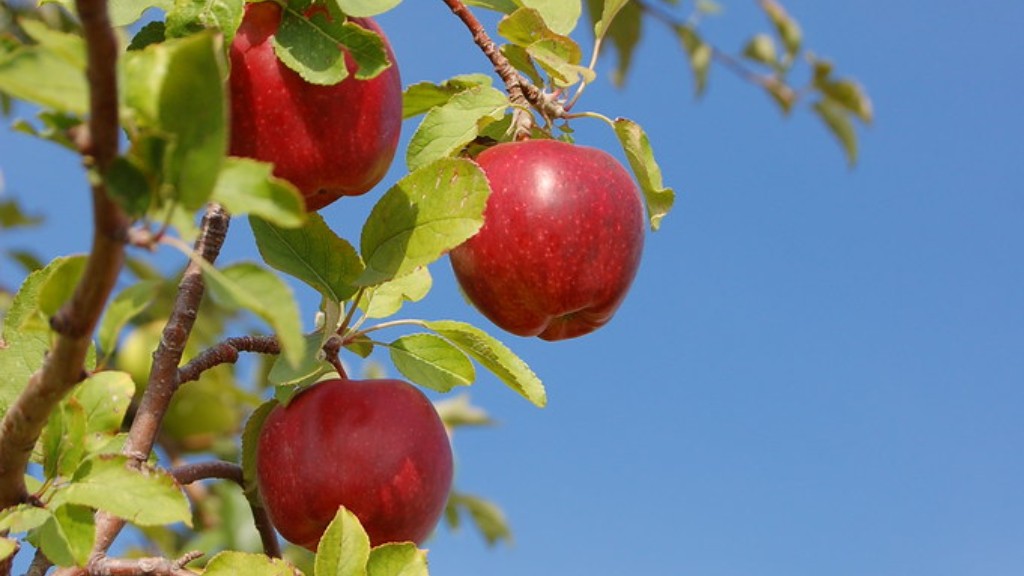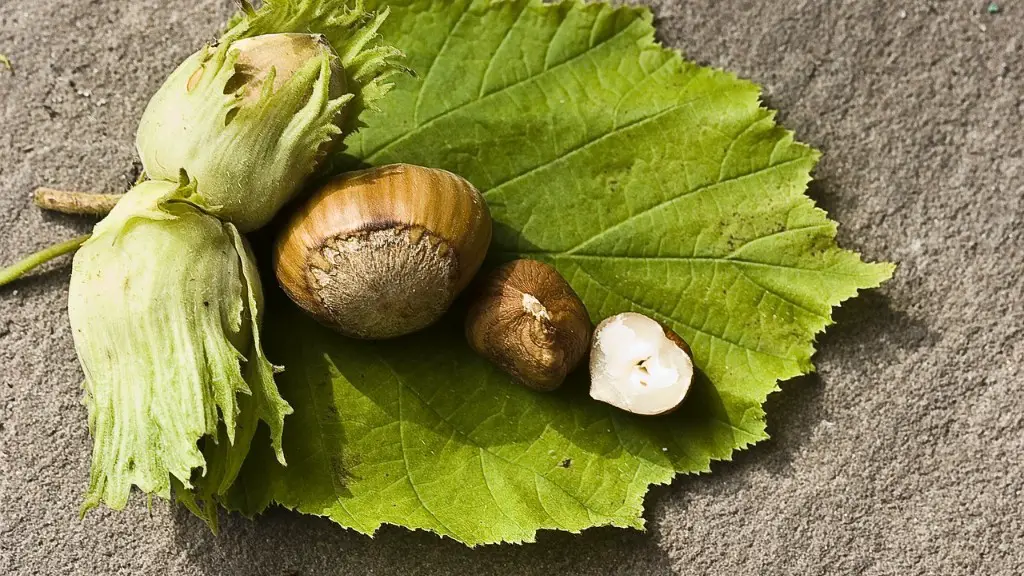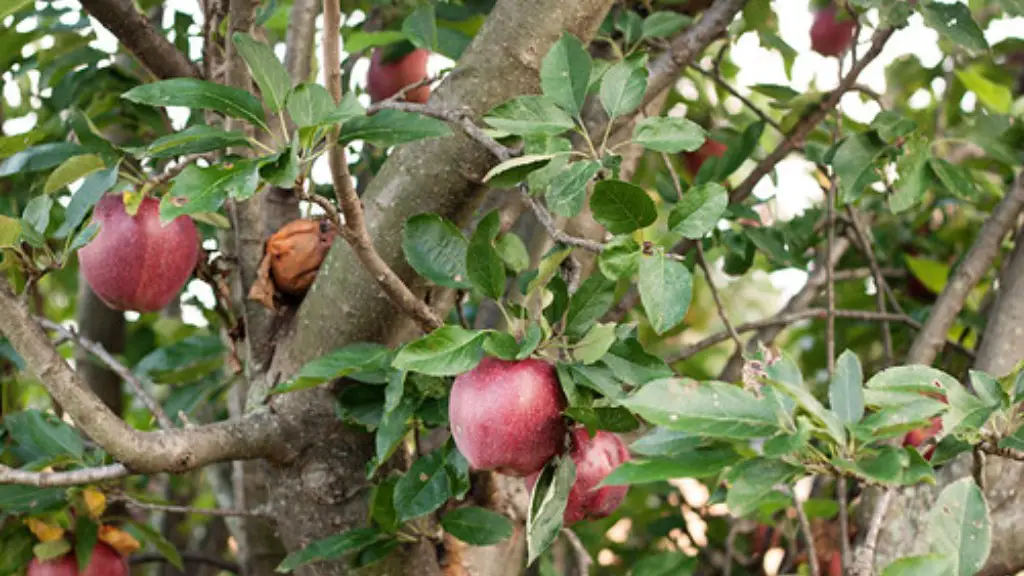Many gardeners face the dilemma of needing to decide whether to save a mature apple tree in their garden or remove it and start afresh. While there are many factors to consider, the answer is not always easy. Depending on the tree’s condition, it may be possible to save it and reap a good harvest. Let’s consider some of the key factors.
Firstly, an old apple tree may be suffering from a disease or fungus, which could mean that it is no longer suitable for producing fruit. In this case, a gardener would have to decide whether it is worth saving and treating the tree, or replacing it with a healthy variety. On the other hand, a healthy apple tree, regardless of its age, can potentially produce good fruit and is worth saving, given the effort and time invested in growing it.
In an ideal situation, a professional arborist should be consulted to assess the tree’s condition, offer advice on whether to save it or not, and explain what steps need to be taken to restore the tree if it is possible to do so. Pruning and healthy nutrition are a great starting point; both should be done in a carefully planned, timely fashion to ensure maximum impact. The pruning should be done when the tree is dormant to encourage a bigger yield and enhance flower growth. Additionally, the soil surrounding the tree should be regularly fertilized to maximize growth and yield.
In terms of pests and diseases, an old apple tree may be more prone to infestations, so it’s worth checking for signs of infestation and promptly treating any affected branches with an appropriate pesticide. As for disease, regular monitoring and inspections may help to identify any issues before they have the chance to spread. Biological treatments, such as beneficial microorganisms and organic composting, are also worth considering when combating pests, fungi and other diseases.
Finally, the climate and soil conditions must be taken into account before deciding whether to save an old apple tree. For instance, if the soil is too compact, it can hinder the growth of the tree and reduce the crop yield substantially, thereby making it less worthwhile to save the tree. On the other hand, if the conditions are right, an old apple tree can still be a productive and rewarding addition to a garden.
Fruits
Fruits from an old apple tree may not be on the same level as those of a young tree, yet there can still be great benefits. It is possible to yield a good amount of fruit in the right conditions and with proper care. Careful pruning and nutritional support can help to promote growth and increase yields. Regular monitoring and treating of any infections can also increase the life expectancy of the tree and ensure a good harvest.
Environmental Benefits
Aside from the potential for a good crop, an old apple tree presents numerous other benefits. An apple tree provides welcome shade in summer and can absorb some of the carbon dioxide in the atmosphere; this can improve air quality. Planting native birds and bees in the area can help to provide natural pollination and improve biodiversity. A mulch incorporating organic materials such as well-rotted manure can help to retain moisture and protect the roots from the elements.
Cost of Care
There can be some expense involved in caring for an old apple tree. Pesticides, fungicides, fertilizers and other products used to prevent disease and pests can add up, as can the labour costs. If a gardener chooses to hire a professional arborist for an assessment, this can add to the cost. Furthermore, there is no guarantee that these treatments will be effective, so the costs should be weighed up before deciding whether it is worth saving the tree.
Final Decision
It is up to the individual gardener to weigh up the pros and cons of whether to save an old apple tree. There is certainly no guarantee that it will produce good fruit, yet it can certainly still be a rewarding part of the garden. It can be tricky to assess the health of the tree and make the right decision, so expert advice can be instrumental in helping to decide the best course of action.
Looking Ahead
With the correct care and attention, an old apple tree can produce high levels of fruit and different varieties of apples. An ideal situation is to prune and shape the tree during dormant periods and provide adequate nutrition to help it thrive. Regular inspections are also important to ensure that any infestations or diseases are quickly identified and treated. Thankfully, arborists are readily available to provide help and advice in saving an old apple tree.
Composting
Organic composting, or the use of natural material such as leaves and grass clippings, is a great way to provide additional nutrition for an old apple tree. Compost is rich in nutrients that can help to boost growth and, in the long run, increase the tree’s yield. This is an inexpensive way to replenish the soil and to support an old apple tree, and composting is a great practice for any garden.
Training and Support
Proper training and support can help to prevent any damage to an old apple tree and ensure that it is not a hindrance in the garden. This might involve pruning and training the tree’s branches into the desired position and using other supporting elements, such as props or specialty wires, to support the branches in an appropriate way. With the right training, an old apple tree can still produce a great crop of fruit.


